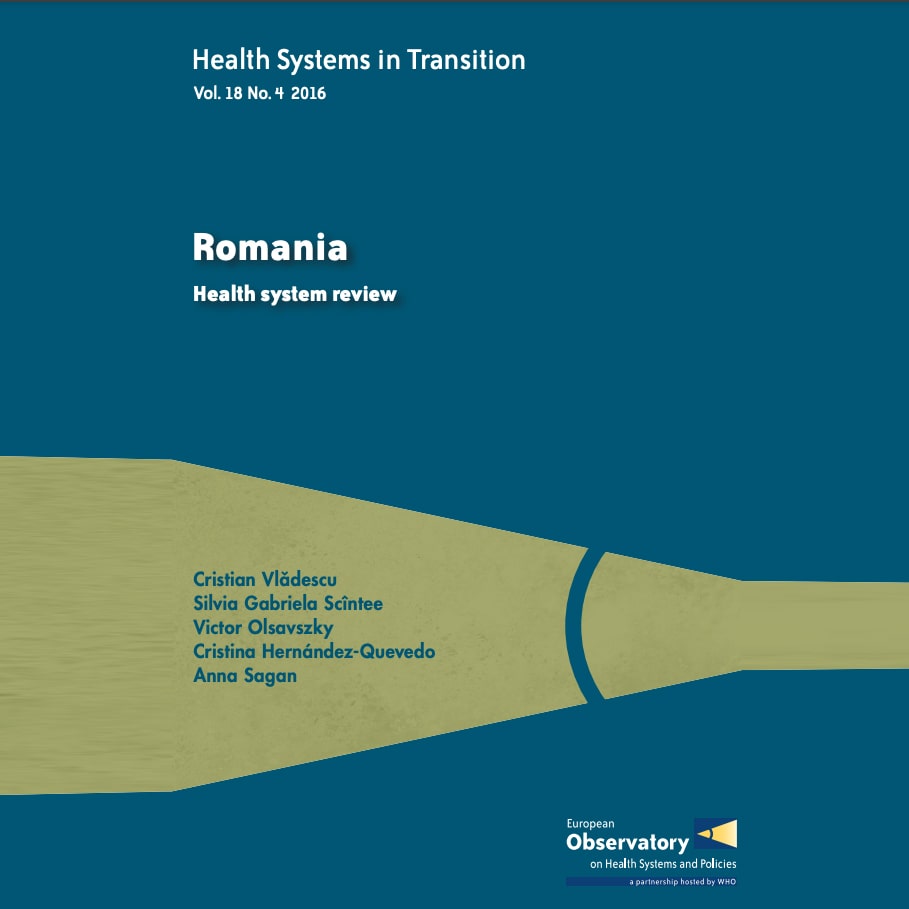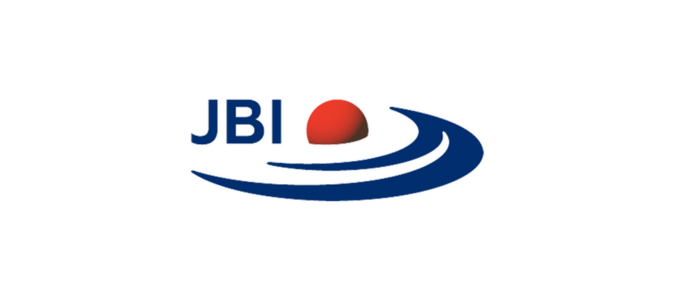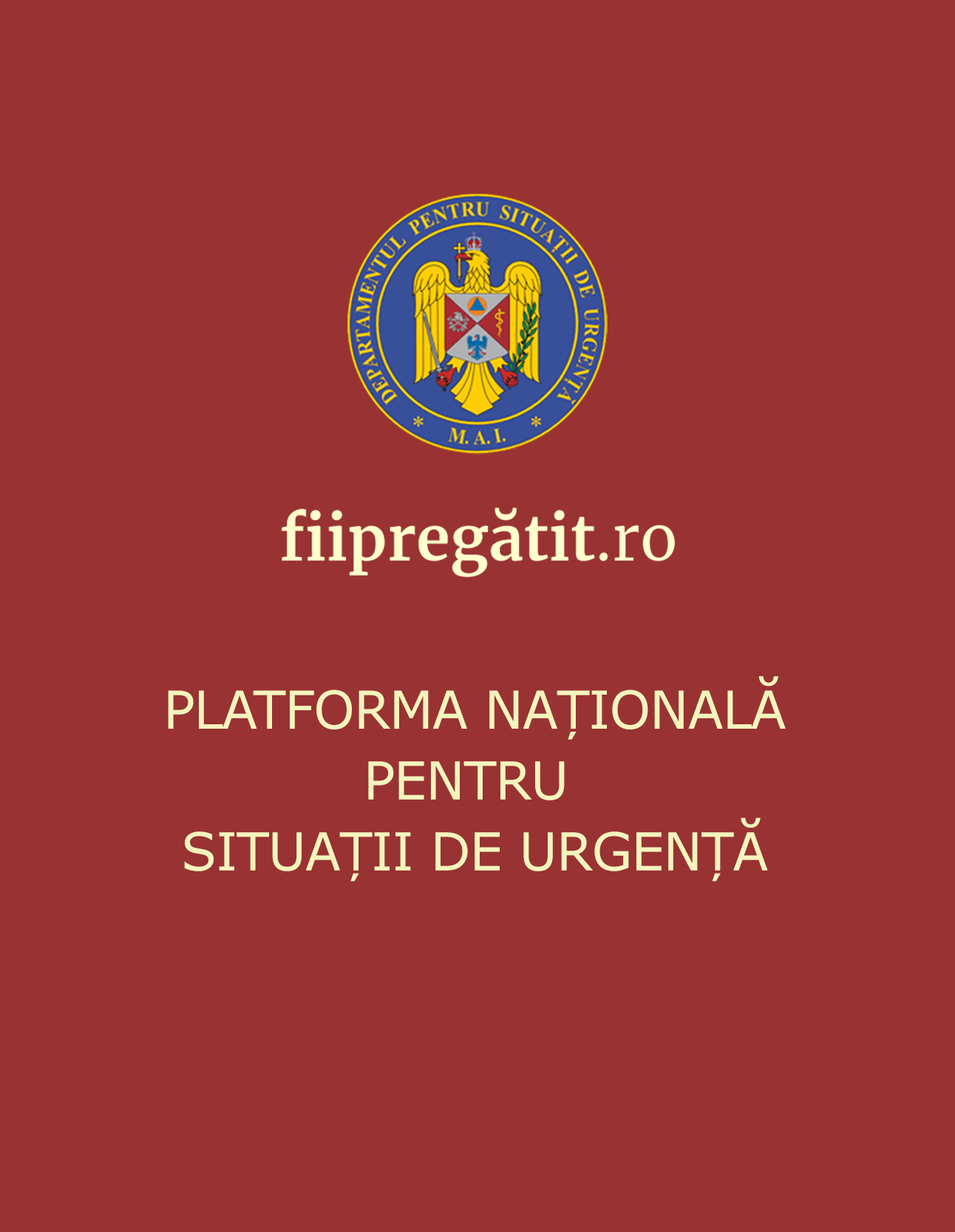
Health Systems in Transition – Vol. 18 No. 4 2016
This analysis of the Romanian health system reviews recent developments in organization and governance, health financing, health care provision, health reforms and health system performance. The Romanian health care system is a social health insurance system that has remained highly centralized despite recent efforts to decentralize some regulatory functions. It provides a comprehensive benefits package to the 85% of the population that is covered, with the remaining population having access to a minimum package of benefits. While every insured person has access to the same health care benefits regardless of their socioeconomic situation, there are inequities in access to health care across many dimensions, such as rural versus urban, and health outcomes also differ across these dimensions. The Romanian population has seen increasing life expectancy and declining mortality rates but both remain among the worst in the European Union (EU). Some unfavourable trends have been observed, including increasing numbers of new HIV/AIDS diagnoses and falling immunization rates.
Public sources account for over 80% of total health financing. However, that leaves considerable out-of-pocket payments covering almost a fifth of total expenditure. The share of informal payments also seems to be substantial, but precise figures are unknown. In 2014, Romania had the lowest health expenditure as a share of gross domestic product (GDP) among the EU Member States.
In line with the government’s objective of strengthening the role of primary care, the total number of hospital beds has been decreasing. However, health care provision remains characterised by underprovision of primary and community care and inappropriate use of inpatient and specialized outpatient care, including care in hospital emergency departments. The numbers of physicians and nurses are relatively low in Romania compared to EU averages.
This has mainly been attributed to the high rates of workers emigrating abroad over the past decade, exacerbated by Romania’s EU accession and the reduction of public sector salaries due to the economic crisis.
Reform in the Romanian health system has been both constant and yet frequently ineffective, due in part to the high degree of political instability. Recent reforms have focused mainly on introducing cost-saving measures, for example, by attempting to shift some of the health care costs to drug manufacturers (by claw-back) and to the population (through co-payments), and on improving the monitoring of health care expenditure.






